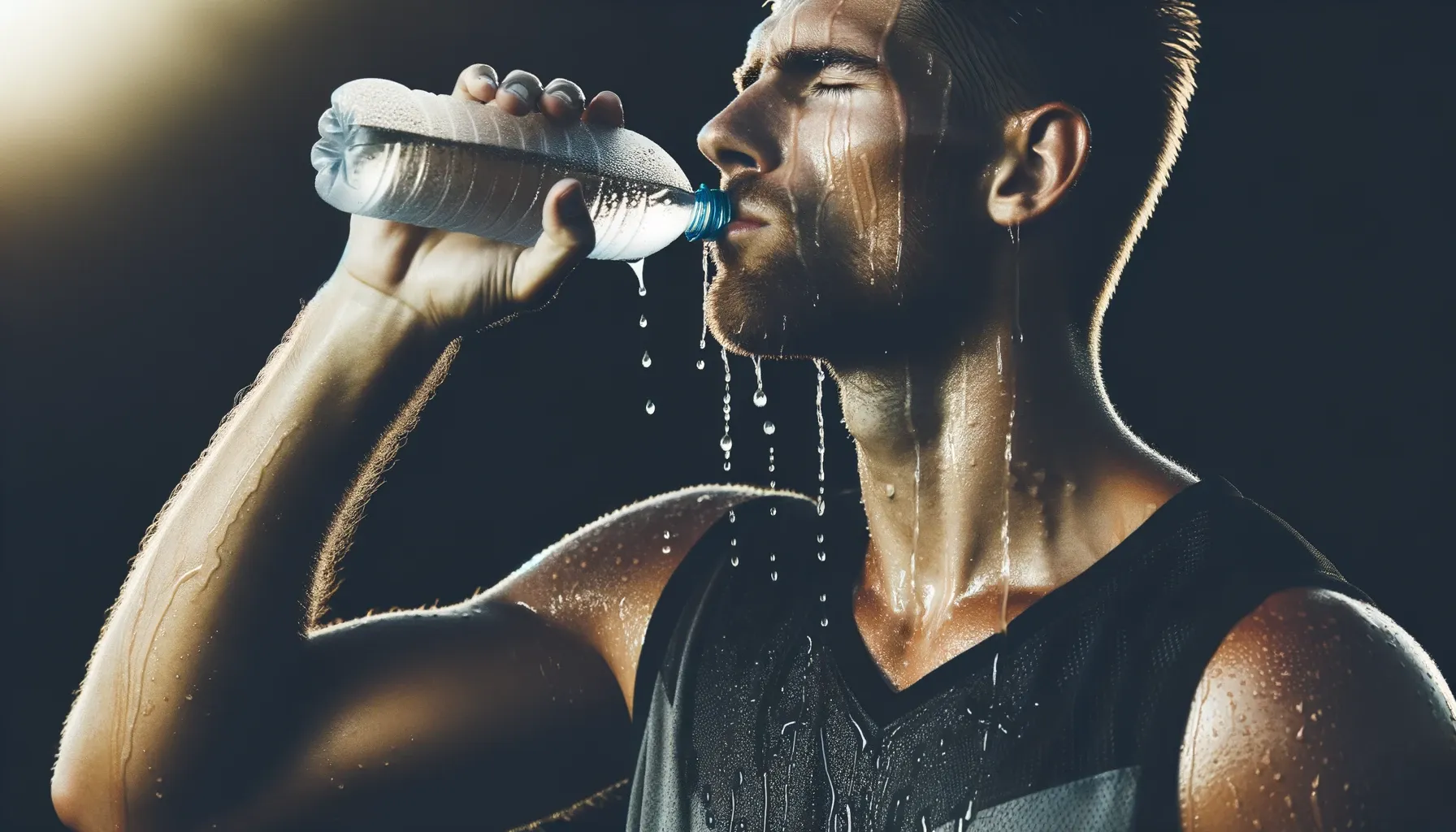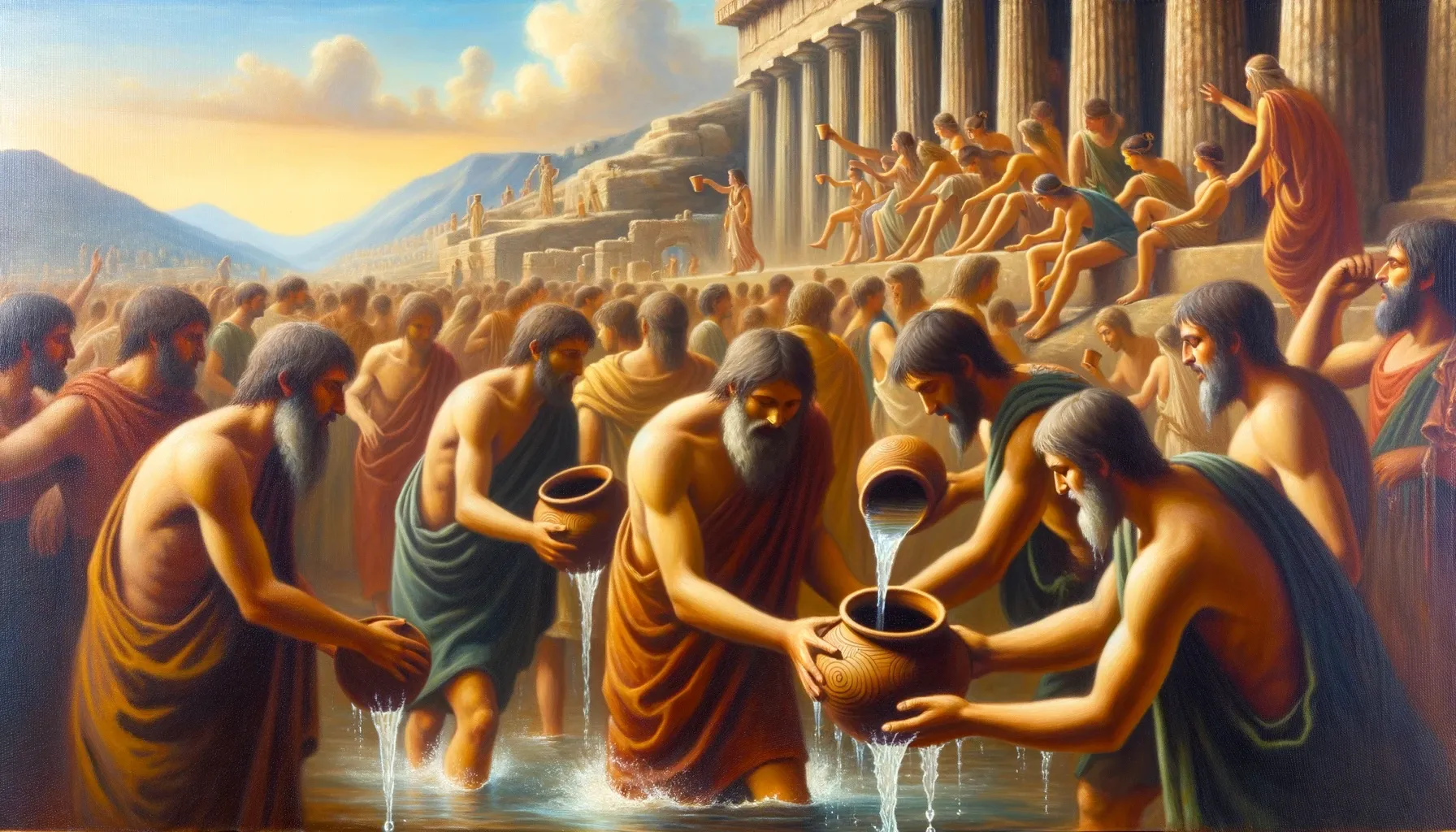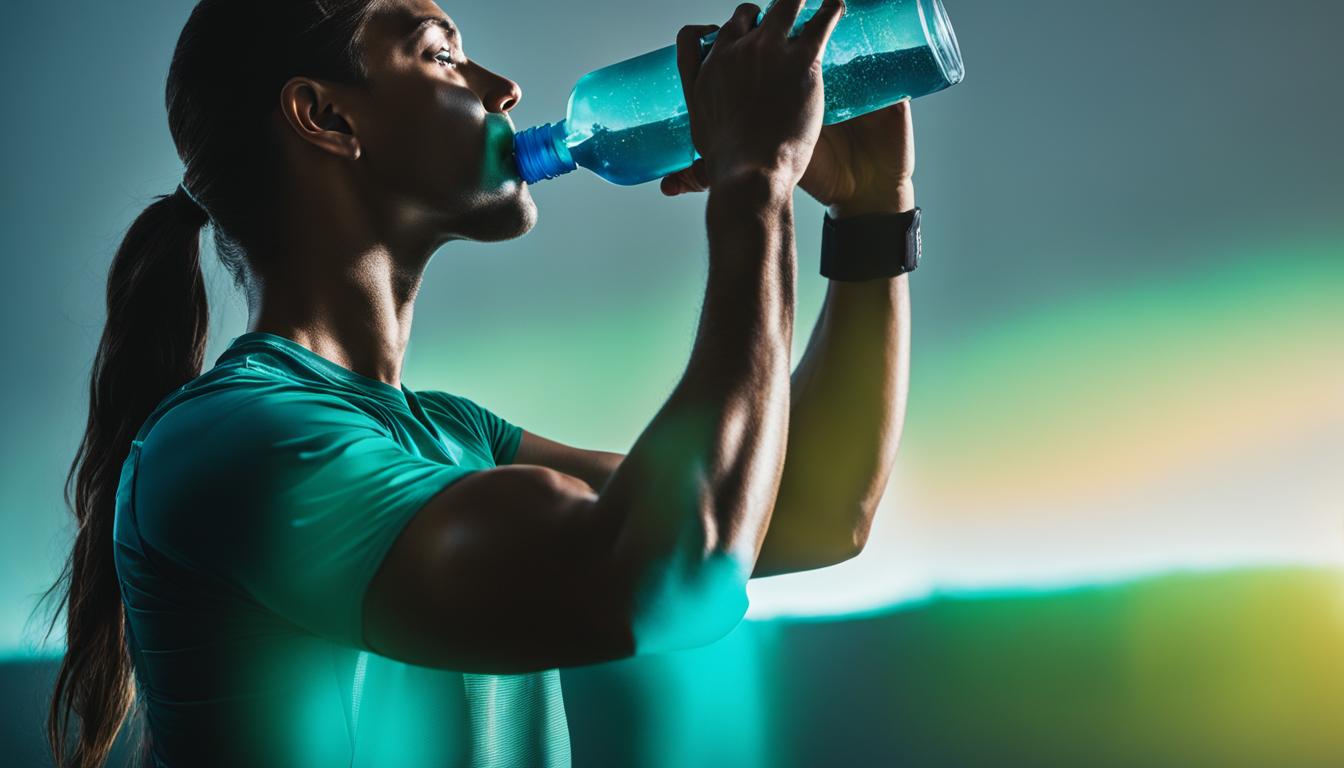I am a firm believer in the power of hydration. As an athlete, I know firsthand the impact it can have on performance and recovery. That’s why I have dedicated myself to understanding the strategies and techniques for optimizing hydration.
When it comes to unlocking my full potential, I have discovered that hydration is the key. By ensuring my water intake is adequate and maintaining a proper electrolyte balance, I can push myself further and recover more effectively after intense workouts.
In the world of sports nutrition, optimizing hydration is crucial. It plays a vital role in preventing injuries, maximizing performance, and aiding in the recovery process. Research has shown that even slight dehydration can decrease performance and impair endurance exercise.
That’s why I have made it my mission to educate athletes and coaches alike on the importance of hydration. By understanding an athlete’s individual hydration needs and implementing strategies to meet them, we can unlock their true potential.
Join me on this journey as we explore the importance of hydration for athletic performance, the strategies for hydration optimization, and the assessment methods to ensure we are on the right track. Together, we can enhance our performance, boost our recovery, and achieve our goals.
Importance of Hydration for Athletic Performance
In the world of sports and athletics, proper hydration is a game-changer. It can make the difference between a stellar performance and a lackluster one. The significance of hydration for athletic performance cannot be overstated. Dehydration, which occurs when fluid intake does not match fluid loss, can have a detrimental impact on an athlete’s abilities.
Research has shown that even a fluid loss of 2% of body weight can lead to impaired endurance and decreased blood flow, both of which can have a negative effect on performance. To maintain optimal athletic performance, it is crucial for athletes to understand the importance of staying hydrated.
When athletes are adequately hydrated, they can prevent muscle cramps, reduce perceived exertion, and maintain alertness and reaction time during exercise. Proper hydration allows the body to function optimally, ensuring that athletes can perform at their best when it matters most.
The Role of Fluid Needs in Athletic Performance

Athletes have unique fluid needs due to the physical demands they place on their bodies. Fluid requirements can vary depending on factors such as the intensity and duration of the activity, environmental conditions, and individual sweat rates.
| Fluid Intake Guidelines for Athletes |
|---|
| Before exercise: Drink 2-4 milliliters of fluid per pound of body weight, 2-4 hours leading up to the activity. |
| During exercise: Aim to drink approximately 14-28 ounces of fluid per hour, depending on tolerance and external factors. |
| After exercise: Drink approximately 16-24 ounces of fluid for every pound of weight lost. |
Calculating sweat rate can help athletes determine their individual fluid needs during exercise. By understanding and meeting their fluid requirements, athletes can optimize their hydration and, in turn, enhance their performance.
“Proper hydration allows the body to function optimally, ensuring that athletes can perform at their best when it matters most.”
Strategies for Hydration Optimization
Optimizing hydration is a key component of maximizing performance and supporting recovery in athletes. To achieve optimal hydration, it is important to implement effective hydration strategies before, during, and after exercise. Here are some strategies to consider:
Prior to Exercise
Before engaging in physical activity, athletes should prioritize fluid intake to ensure they start their workouts properly hydrated. It is recommended to drink 2-4 milliliters of fluid per pound of body weight, 2-4 hours leading up to the activity.
During Exercise
During exercise, athletes should aim to maintain proper fluid balance by consuming approximately 14-28 ounces of fluid per hour. However, the actual fluid intake may vary based on individual tolerance, environmental conditions, and the intensity of the workout. Calculating sweat rate can help athletes determine their specific fluid needs during exercise.
After Exercise
Replenishing fluid losses after exercise is crucial for effective recovery. Athletes should aim to drink approximately 16-24 ounces of fluid for every pound of weight lost during the workout. This replenishment should ideally be done within the first few hours after exercise to promote optimal recovery.
In addition to fluid intake, it is also important to consider the consumption of carbohydrates, protein, and fat to support muscle recovery and promote rehydration. These macronutrients play a significant role in the replenishment of glycogen stores and muscle protein synthesis.
| Hydration Strategy | Recommendation |
|---|---|
| Prior to exercise | Drink 2-4 milliliters of fluid per pound of body weight, 2-4 hours before activity |
| During exercise | Consume approximately 14-28 ounces of fluid per hour |
| After exercise | Drink approximately 16-24 ounces of fluid for every pound of weight lost |
Assessing Hydration Status

Proper assessment of hydration status is crucial for athletes to ensure they are adequately hydrated. By monitoring key indicators, athletes can determine their hydration levels and make necessary adjustments to optimize performance and recovery. There are several methods available to assess hydration, including urine color, urine specific gravity, sensation of thirst, and blood measures.
Urine Color
Urine color can serve as a simple visual indicator of hydration status. Generally, a pale yellow color indicates adequate hydration, while darker colors may suggest dehydration. Athletes can use this method as a quick and easy way to assess their hydration levels throughout the day.
Urine Specific Gravity
For a more accurate assessment, athletes can measure urine specific gravity. This involves using a refractometer or dipstick to determine the concentration of solutes in the urine. Lower specific gravity values indicate a more diluted urine and better hydration, while higher values may suggest dehydration.
Sensation of Thirst
Although sensation of thirst can be an indicator of dehydration, it is important to note that it is a late indicator. Thirst may not be felt until an individual is already dehydrated, especially during exercise when the body’s fluid needs are higher. Therefore, relying solely on thirst sensation may not provide an accurate assessment of hydration status.
Blood Measures
Invasive but more precise measurements of hydration status can be obtained through blood measures. Plasma osmolality and volume are commonly measured parameters that provide valuable insights into an athlete’s hydration levels. These tests require medical professionals and may be conducted in a clinical setting for a thorough assessment.
| Assessment Method | Advantages | Disadvantages |
|---|---|---|
| Urine Color | – Quick and easy – Provides a general indication of hydration |
– Subjective interpretation – Can be influenced by certain foods and medications |
| Urine Specific Gravity | – More accurate assessment – Reflects concentration of solutes in urine |
– Requires specific equipment – May not be readily accessible in all settings |
| Sensation of Thirst | – Provides feedback on hydration needs | – Late indicator of dehydration – May not be reliable during exercise |
| Blood Measures | – Precise assessment – Measures plasma osmolality and volume |
– Invasive procedure – Requires medical professionals and clinical setting |
Rehydration Beverages and Electrolyte Balance
When it comes to rehydrating after intense exercise, choosing the right beverages can make a significant difference in restoring fluid balance and replenishing electrolytes. Electrolytes, such as sodium, chloride, potassium, magnesium, and phosphate, are essential for proper nerve function and muscle contraction. Including them in rehydration beverages can help athletes prevent muscle cramps and enhance fluid uptake.
“Sodium, in particular, plays a crucial role in fluid retention, reducing urine production, and preventing muscle cramps,” says Dr. Jane Williams, a sports nutrition expert.
She adds, “Glucose and sodium work synergistically to promote gut absorption and enhance hydration.”
Electrolyte-rich beverages like Pedialyte® Sport can effectively replenish fluids and electrolytes lost during exercise, aiding in a faster recovery process.
To showcase the importance of electrolyte balance in rehydration, here is a comparison table:
| Rehydration Beverage | Sodium Content | Potassium Content | Magnesium Content |
|---|---|---|---|
| Pedialyte® Sport | 330mg per 8 fl oz | 180mg per 8 fl oz | 20mg per 8 fl oz |
| Generic Sports Drink | 110mg per 8 fl oz | 30mg per 8 fl oz | 0mg per 8 fl oz |
As you can see, Pedialyte® Sport offers a higher concentration of essential electrolytes compared to a generic sports drink, making it a superior choice for efficient rehydration. By consuming electrolyte-rich beverages, athletes can optimize their fluid balance and support their overall performance and recovery.
Conclusion
As an athlete, I know firsthand the importance of hydration optimization for performance enhancement and effective recovery. Proper water intake and hydration strategies are fundamental to sports nutrition and training programs. By prioritizing hydration, athletes can maximize their potential and achieve their goals.
Optimal hydration is key to improving performance. Dehydration can negatively impact endurance, decrease blood flow, and impair overall athletic performance. By staying properly hydrated, athletes can prevent muscle cramps, reduce perceived exertion, and maintain alertness and reaction time during exercise.
Implementing hydration strategies is essential for athletes. It is crucial to calculate sweat rate, monitor urine color, and replenish fluids with electrolyte-rich beverages. Consuming beverages like Pedialyte® Sport, which contain a balance of electrolytes, can support fluid balance and prevent muscle cramps. These strategies, combined with a personalized water intake plan, can help athletes optimize their hydration levels before, during, and after exercise.
In conclusion, hydration optimization is a cornerstone of sports nutrition. By understanding the importance of water intake, implementing effective hydration strategies, and prioritizing electrolyte balance, athletes can enhance their performance and recovery. Let’s make hydration a priority and unlock our full potential!
FAQ
Why is hydration important for athletic performance?
Hydration is important for athletic performance because dehydration can lead to lower blood volume, decreased blood flow, and impaired endurance. Proper hydration can prevent muscle cramps, reduce perceived exertion, and maintain alertness and reaction time during exercise.
What are the strategies for hydration optimization?
Strategies for hydration optimization include drinking 2-4 milliliters of fluid per pound of body weight before exercise, consuming approximately 14-28 ounces of fluid per hour during exercise, and drinking 16-24 ounces of fluid for every pound of weight lost after exercise. Calculating sweat rate can help determine individual fluid needs, and supplementing with carbohydrates, protein, and fat can support muscle recovery and rehydration.
How can hydration status be assessed?
Hydration status can be assessed through methods such as urine color, urine specific gravity, sensation of thirst, and blood measures. Urine color, with pale yellow indicating adequate hydration, can be a simple visual indicator. Urine specific gravity and osmolality measurements provide more accurate assessments, while the sensation of thirst is a late indicator and may not be reliable during exercise. Blood measures, such as plasma osmolality and volume, provide invasive but precise measurements of hydration status.
What role do electrolytes play in hydration?
Electrolytes, such as sodium, chloride, potassium, magnesium, and phosphate, are crucial for healthy nerve function, muscle contraction, and enhanced fluid uptake. Rehydration beverages that contain a balance of electrolytes can help athletes maintain fluid balance, prevent muscle cramps, and promote gut absorption and hydration. Sodium is particularly important for fluid retention and preventing muscle cramps.
